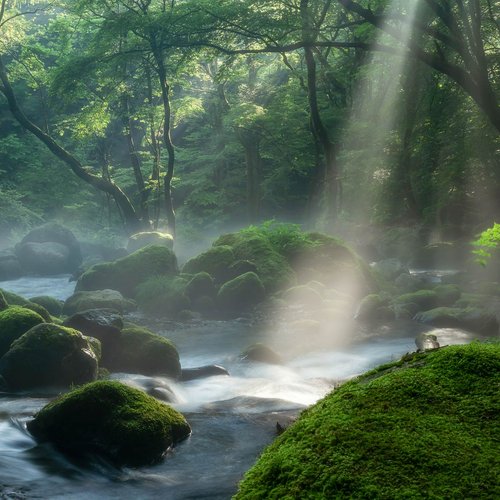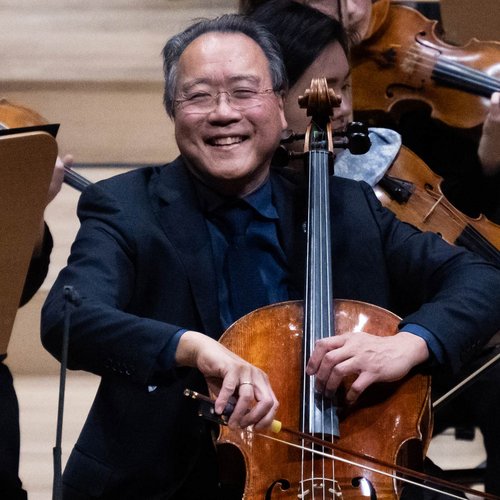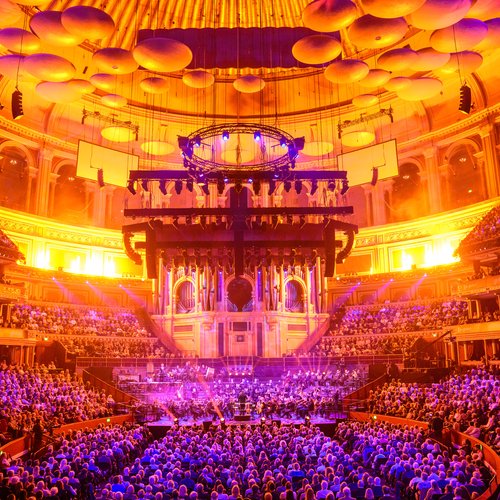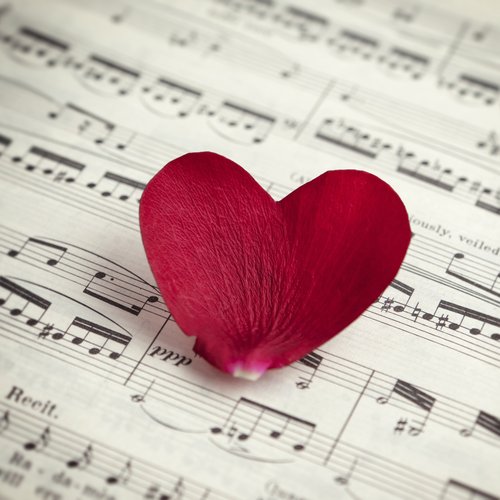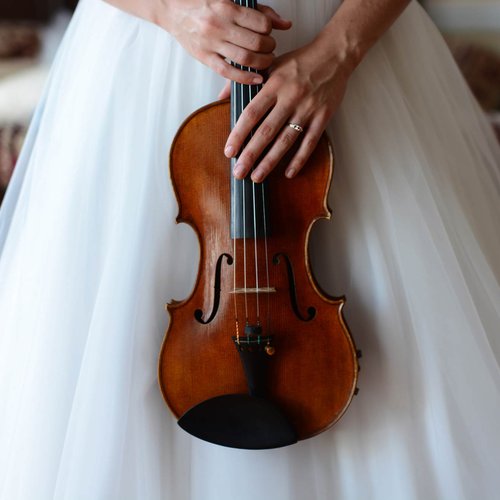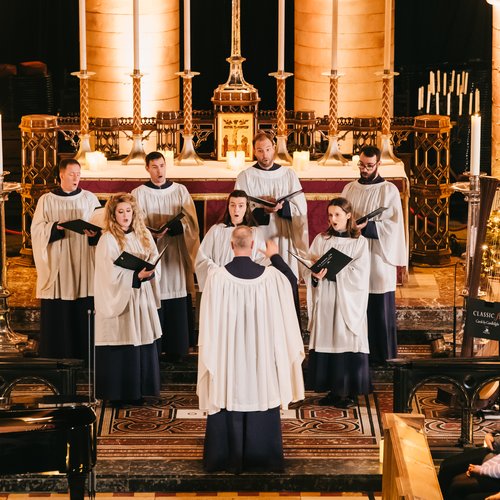Why does the haggis get its own entrance music? Inside the Burns Night tradition
24 January 2024, 11:45 | Updated: 24 January 2024, 13:15

As Scotland celebrates the birth of Ayrshire’s greatest son, Robert Burns, we explore the important role of the haggis – a meat pudding, which for one night only, gets its own ‘theme’ music.
Listen to this article
Scottish poet, Robert Burns – or sometimes known more affectionately as ‘Robbie Burns’, was born on 25 January 1759. Widely regarded as the national poet of Scotland, Burns’ birthdate is celebrated by Scots across the world as an annual ‘Burns Night’ – effectively, a second national day for the Celtic nation.
As well as writing poetry, Burns was also known for his musical compositions, and the collecting of Scottish folk songs which he often adapted.
Some of his most famed are ‘Auld Lang Syne’ – which is sung around the world for New Year’s celebrations, and at Burns Night, and the lilting ‘A Red, Red Rose’, which features lyrics by Burns.
However, a tune you’re likely to hear predominantly at Burns Night, or more particularly during a Burns supper, is ‘A Man’s A Man For A’ That’.
Why? Well, because it announces the arrival of the haggis, of course!
Read more: What are the lyrics to Auld Lang Syne, and what does it actually mean?

Classic FM Sessions: Ensemble Hesperi – My Love Is Like a Red Red Rose
The entry of the haggis...
At a Burns supper, which normally takes place either on Burns Night, or on a Saturday evening closest to 25 January, a notable moment during the celebrations is the entrance of the haggis.
A haggis, known as the national dish of Scotland, is a meat pudding often made out of the liver, heart, and lungs of a sheep. Supermarkets do tend to sell alternatives, such as haggis made from lamb, beef, or pork, and in recent years, vegan haggis has found its place on our shelves.
The dish often takes centre piece at a Burns supper, and to solidify its importance, a ceremony is made of its arrival. This includes a procession of the haggis into the dining room, often accompanied by a piper, who will play a traditional Scottish tune.
In most cases, this tune is Burns’, ‘A Man’s A Man For A’ That’, played on the bagpipes. Watch a procession of the haggis, accompanied by Burns’ tune below.
Read more: Royal piper’s fanfare wakes King Charles III for first time at London residence

Burns@ LT - Piping in The Haggis
In the procession, the chef (whoever made the pudding) will carry the haggis while being either led or followed behind by a piper for the evening.
Asides from a rendition of ‘A Man’s A Man For A’ That’, the poet’s ‘Brose and Butter’, is also a popular choice of music.
After being processed in, the haggis is addressed, usually by the host for the evening. This is often in the form of Robert Burns’ poem, ‘Address to a Haggis’.
Why is the haggis piped in?
For those unfamiliar with the traditions of Burns Night, the musical procession and address of the meat pudding may be wondering why the haggis receives this kind of treatment.
The first Burns Night was held in July 1801, when nine of Burns’ closest friends gathered to mark five years since the passing of the poet.
While a piper wasn’t present at this first event, as the tradition of Burns Night has spread, the pomp and circumstance surrounding the centrepiece of the meal has grown and adapted to include its very own music.

Brose and Butter (9/8 March) - Scots Guard Volume 1 #4. Matt Willis on the Great Highland Bagpipes
Spud the piper, a Scottish piper who has performed for the likes of Madonna and Jamie Lee Curtis, told Classic FM that playing for Burns suppers has been “a part of my career that I will never forget”.
Proving how international this celebratory night is, Spud explained that as part of his career, he had spent 14 years playing for Burns Night events in Kazakhstan. “It was a very wonderful experience, and I met so many beautiful people, who I’m still friends with,” he said. “The events I piped at were organised very well by the Atyrau Burns’ society.”
This Burns society in Atyrau, a city in Kazakhstan, is one of over 250 ‘Burns Clubs’ that exist across the world, established in memory of the famed Scottish poet.
Spud recalled that one time when travelling to Kazakhstan, he had a haggis – that he had brought with him to the country for a planned Burns supper – confiscated from him at airport security, as the curious security guards wanted to try the Scottish fare for themselves.

A celebration of Scottish music
Many composers have been inspired by Scotland’s inspiring landscapes, in particular its rising and falling highlands. One of these composers was the late great, Peter Maxwell-Davies, who wrote the deceptively simple, but stunning solo piano work, Farewell to Stromness.
Composed in the 1970s on the Orkney Islands where Maxwell-Davies lived, the composer remarked during his lifetime that the work had ‘almost become a folk tune’ in its own right.
More stunning Scottish music can be found in the Straloch and Rowallan Scottish lute manuscripts. These manuscripts showcase the earliest roots of Scottish music, with famed tunes such as ‘Flowers of the Forest’, ‘Auld Lang Syne’ and ‘The Gaberlunzie Man’ making their first notated appearance.
Sean Shibe, one of Classic FM’s Rising Stars in 2021, recorded some of these works in 2017 as guitar arrangements. Just listen to how these lyrical lines transport you to the Celtic countryside...
Read more: 10 reasons Scotland is one of the most majestic music-making nations in the world
Relax this Saturday with some gorgeous solo classical guitar courtesy of Sean Shibe, Classical Guitarist
Posted by Classic FM on Saturday, May 13, 2017
However you’re spending Burns Night, haggis, vegan haggis or no haggis at all, we hope you have some spectacular Scottish music to accompany your evening.
For a celebration of Scottish music and the nation’s greatest musicians, join Zeb Soanes for Smooth Classics at 7pm tonight, or catch up on Global Player.
























